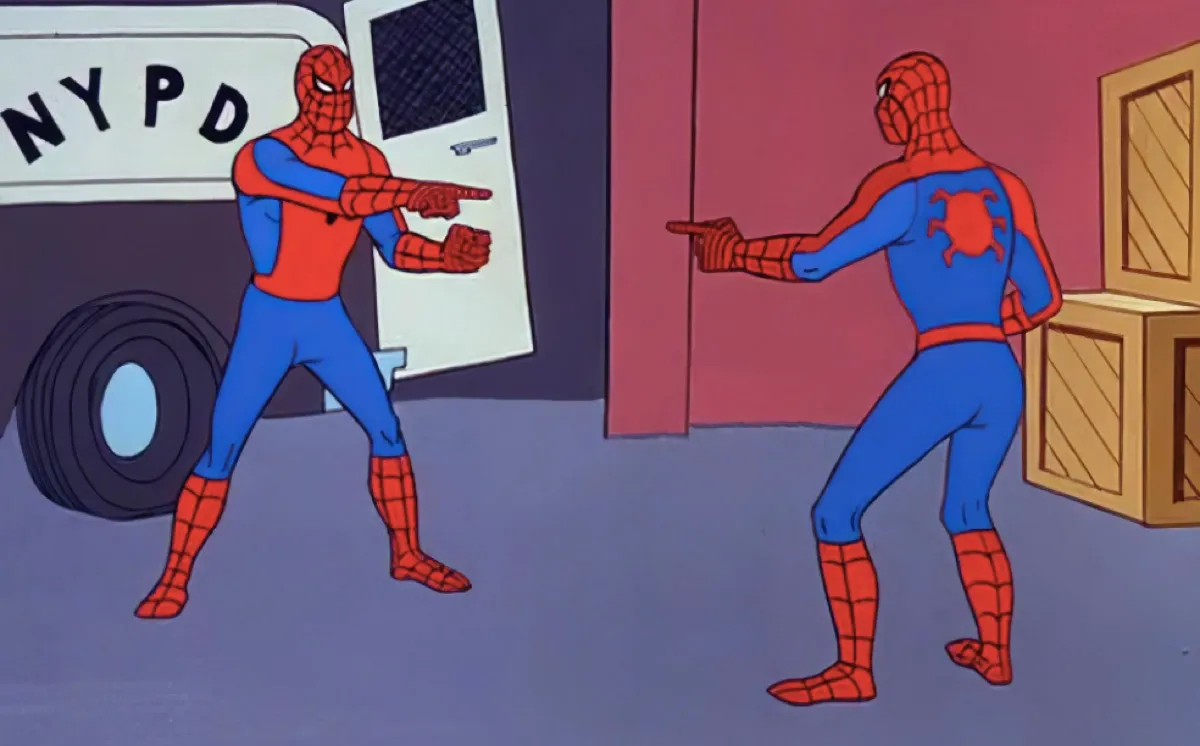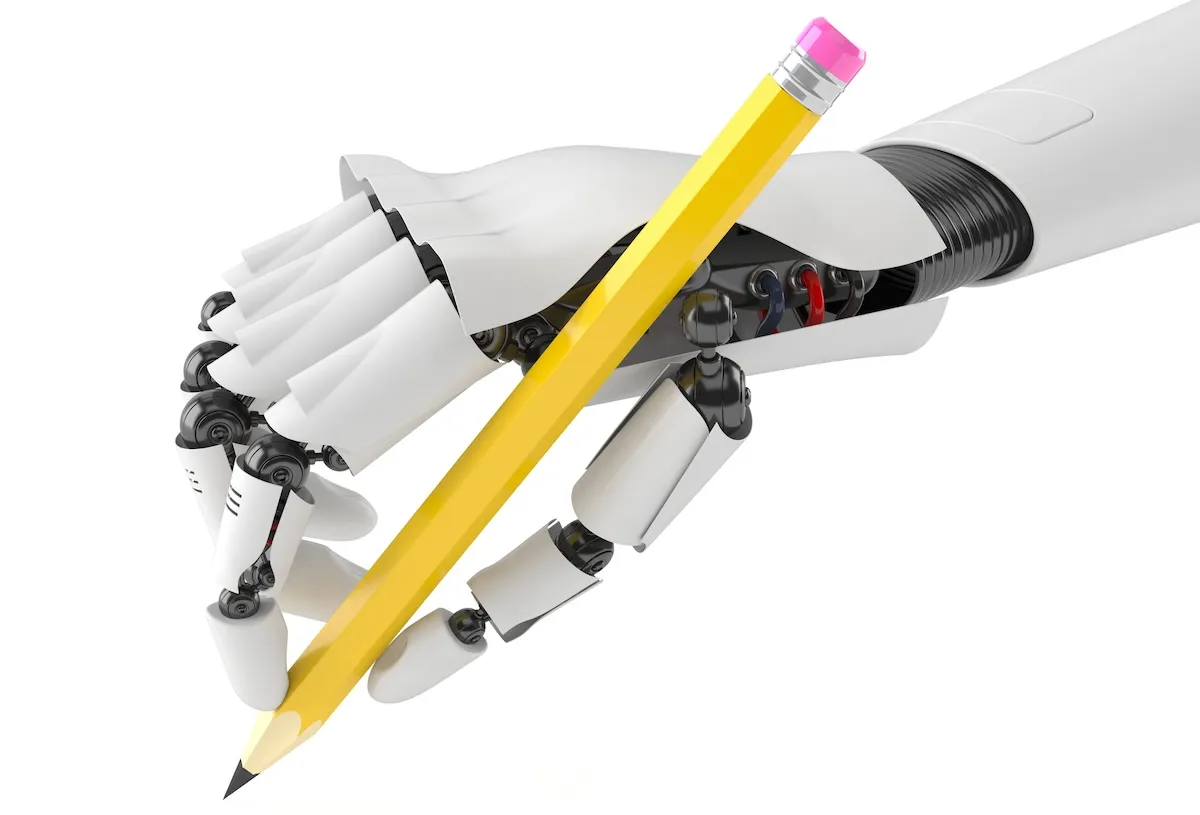Researchers at Cornell University working on a grant from DARPA have crafted a quadrocopter robot that can navigate around obstacles in real-time using a new type of 3D vision. This autonomous vision could pave the way for flying rescue robots that don’t have to be controlled by humans and can enter caves or broken-down buildings and navigate on their own. Of course, it also paves the way for flying murderbots that can see us wherever we hide and means no place will ever be safe again, but, you know, you take the good with the bad.
The quadcopter, developed by a team led by professor Ashutosh Saxena, attached traditional video cameras to the quadrocopter, giving it a sense of its surroundings. Then, using modifications to software previously developed by Saxena, they used those two dimensional images to paint 3D map of the robot’s surroundings. The robot then breaks that map into easier-to-process chunks to find a path that allows it to arrive at its destination without the embarrassing matter of running into anything solid along the way.
By painting simple 3D models of a test course on Cornell’s campus, the team was able to teach the quadrocopter how to navigate a series of obstacles and also what special qualities a set of obstacles may have — like the fact that a branch is connected to a tree. While that may seem obvious to us, it’s pretty high-level thinking for a robot just learning to see in three dimensions.
Taking the human component out of steering vehicles like drones is a major priority for DARPA. Human controllers need sleep, have to take rest breaks, and sometimes simply can’t react quickly enough to changing conditions. That’s not a huge problem with the current slate of drones, but could really hold back future generations of autonomous robots designed to operate in the often tighter confines demanded by search and rescue missions.
(via Cornell University)
- This has way more potential to kill you in your sleep than this ping-pong robot
- And it’s even more graceful than this tightrope walking robot
- But as always, our finest minds remain devoted to making robots dance Gangnam Style







